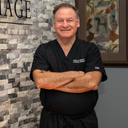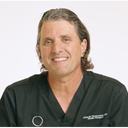Hi, I have performed many SMAS facelifts for over 30 years and have performed many minimally, invasive SMAS facelifts. The reality is that there are many different ways to perform a facelift from incision length, incision placement, level of tissue dissection (skin only, SMAS, Deep Plane, Subperiosteal), different degrees of tissue undermining, how to lift and support (imbrication versus plication of the SMAS layer), how much excess skin to trim, is excess fat going to be reduced and finally will the overall shape of the face be made more feminine or masculine (while avoiding the over pulled, windswept appearance). Suspension techniques can similarly be performed in various manners based on where, how many suspension sutures and type of sutures are used. In my opinion a proper SMAS facelift when combined with proper shaping of the face provides the most natural enhancement of the face.



